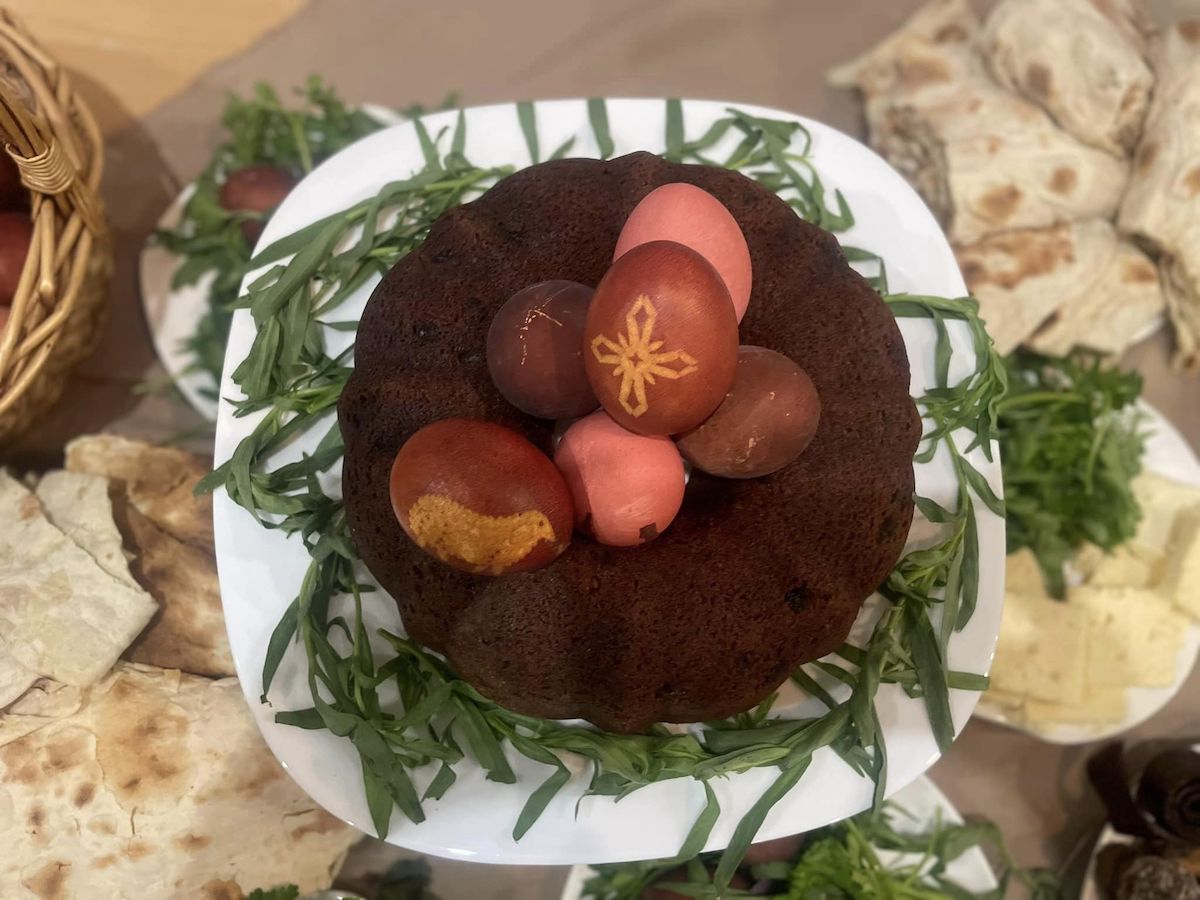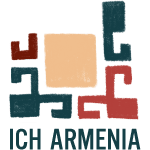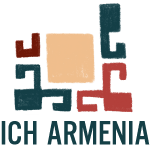
Folk and church holiday
It is distributed in all 10 regions of the Republic of Armenia and the capital Yerevan.
Easter is a movable holiday and is celebrated on the spring equinox, the Sunday following the full moon following March 22, that is, the Sunday that falls within 35 days after March 22.
In traditional culture, Easter was perceived as the spring “resurrection” of nature following the “death” of winter, a holiday symbolizing the annual beginning of life and the confirmation of the continuity of life. The Christian calendar adapted the holiday of the Resurrection of Christ to that holiday of the resurrection of nature. The festival is a folk and Christian official Resurrection holiday, a set of folk and church rites and ceremonies.
All the days of the week before Easter were festive, and Saturday was symbolized by the Armenian folklore “red-green” formula of renewed life: “Easter Saturday, red egg, sun, mountains and valleys are green.”
The “Red Egg”, a red-dyed egg, is a symbol of the popular and Christian official council of the holiday, the resurrection after death, and is widely included in folk rituals. The Easter festival by its very nature corresponded to the meaning of the resurrection of nature, including human life. The earth had woken up at the height of its vitality, and the oxen with red painted hooves were taken by men to the field to “turn over the soil, which had become cloddy (impregnated) from living with the snow.” The Armenian theologian of the 14th century Saint Grigor Tatevatsi says about dyeing the egg red. “We paint eggs only on Easter, because the egg is the model of the world and as the wise say, “the outer shell is like the sky, the shell is like the air and the protein is like the water. Yellow is the earth” and the red color symbolizes that the world was bought with the blood of Christ. Taking the red egg in our hands, we declare our “salvation”. This very important confirmation proves that in the 14th century, the Armenians perceived the country not as a separate entity, but as part of the “world”, cosmic unity, and the Armenian culture as a part of the general earthly culture.
All Easter rites and ceremonies were communal; the sacrifices were aimed at the general well-being of the community, and were performed with the help and participation of all members of the community. The biggest share of songs and wishes was certainly about rain, wheat, and bread. Easter parties were usually in the fields, in large groups, and were accompanied by egg games, sports matches, group singing and dancing. The universal joyful participation and emotionality gave birth to new folk song-musical gems; new aesthetic forms of egg patterning and decoration were invented (H. Kharatyan-Arakelyan, Armenian folk holidays, Yerevan, 2005, p. 135-159).
After the collapse of the USSR, the Easter festival was significantly revived and activated. Currently, it is viable and celebrated mainly in families, but in some regions it continues with family and community pilgrimages. Easter now has stable components of a holiday dish: hard-boiled red eggs, fish, pilaf, kashovi, and various fresh and fried greens, gata. New forms of egg games, painting, patterning and decorating eggs have emerged, and the business sector is also happy to respond to the demand. The number of visitors to the Easter church has increased. Certainly, many people go to participate in the Council of the Resurrection of Christ, but there are also many who take eggs to church on that day, wish to receive an egg blessing and celebrate Easter with blessed eggs. Some people also take home-sprouted wheat with them to the church for blessing. The “Atzik” sacrament is the phenomenon of communicating with the resurrection of nature by eating the first sprout of wheat, that is, the first objective evidence of resurrection. Traditional “malt” food is prepared from red sprouts of wheat specially germinated in a humid environment without letting these sprouts turn green. The phenomenon of decorating the house and apartment with Easter symbols is becoming widespread. There are local peculiarities of celebrating Easter in the regions of Armenia. A business offering of holiday ingredients, both in the form of services and products, is currently being developed. The social significance of the holiday is the development of spiritual and cultural values and aesthetic perceptions, the formation of the cultural commonality and emotionality of the society, the transfer of cultural heritage to the generations, the fusion of the best secular and religious values, the importance of family warmth, the re-establishment of the permanence of the human-surrounding social and natural environment connection.


